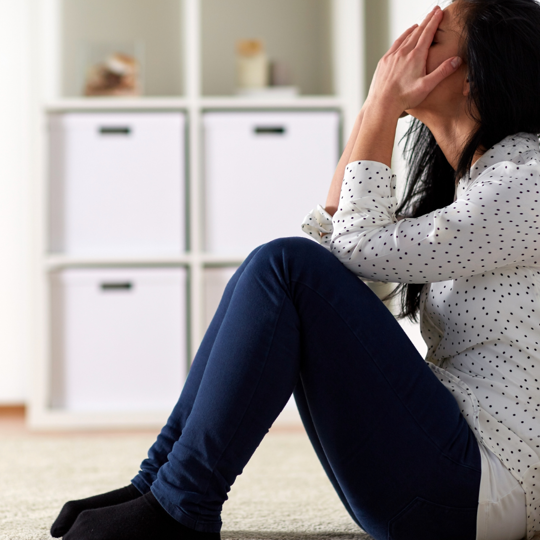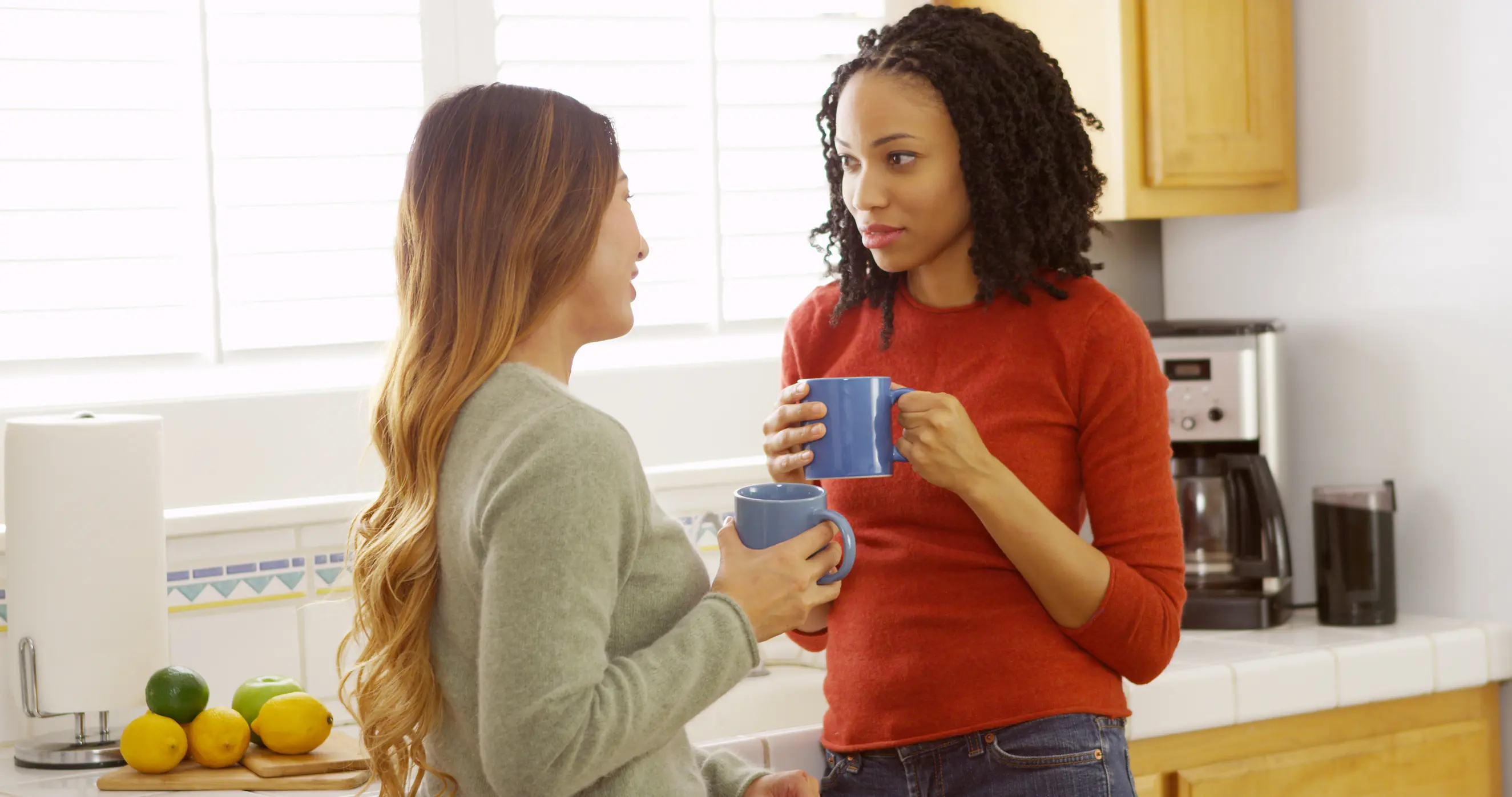Spot the signs of domestic abuse.
Domestic abuse can happen to anyone, anywhere, at any time in a relationship. It's not always physical - it can be threatening, controlling or coercive behaviour. It can take place in any kind of relationship, including with an intimate partner, a child, a sibling, an ex-partner, a casual partner or a family member.

Domestic abuse takes many forms and can involve a range of behaviour, such as:
- coercive or controlling behaviour
- physical abuse
- sexual abuse
- economic and financial abuse
- psychological and emotional abuse
- ‘honour’-based abuse and forced marriage
- stalking and harassment
- online and digital abuse

Sometimes it can be tricky to know whether your experiences or those of someone you love are abuse. Here’s some things to look out for:
- Is your partner jealous and possessive?
- Is your partner charming one minute and abusive the next
- Does your partner tell you what to wear, where to go, who to see?
- Does your partner constantly put you down?
- Does your partner play mind games and make you doubt your judgement?
- Does your partner control your money, or make sure you are dependent on him for everyday things?
- Does your partner pressure you to have sex when you don’t want to?
- Are you starting to walk on eggshells to avoid making your partner angry?
- Does your partner control your access to medicine, devices or care that you need?
- Does your partner monitor or track your movements or messages?
- Does your partner use anger and intimidation to frighten and control you?












